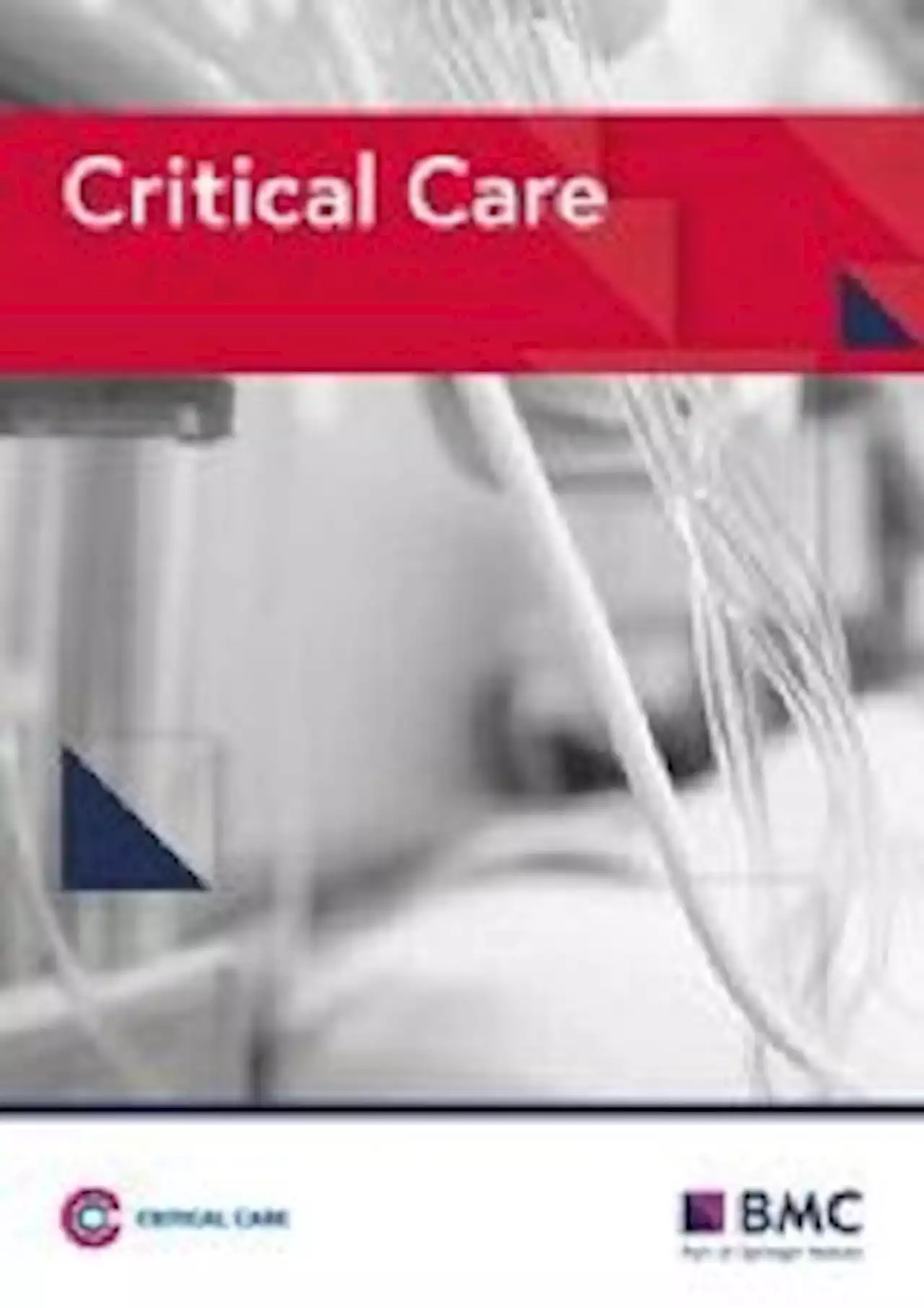New website helps improve eczema in children and youngpeople bmj_latest
Analysis of completion of core content was excellent: data for online intervention usage showed that most participants had completed the core module by 24 weeks: 299/340 parents and carers and 310/337 young people.
It was not possible to blind participants to treatment allocation, and this could have led to bias in the primary outcome, despite measures to adjust for prior belief in the intervention to minimise this potential bias in analysis. However, even if a contextual effect contributes to improvement in eczema, the effect is still a valuable benefit to people with eczema and their families, particularly when it improves their ability to cope with the condition.
Some of the recruitment and follow-up of participants in this study took place during the covid-19 pandemic. Qualitative research carried out during the trial suggested that this could have had both positive and negative impacts on participants’ eczema.
The effectiveness of online self-management support for eczema has not been assessed in adequately powered trialsOnline interventions providing evidence based support for eczema self-management led to a useful, sustained benefit in eczema severity over six and 12 months in children and young people We thank all patient and public involvement contributors, participants, families, practices, the National Institute for Health and Care Research Clinical Research Network, National Eczema Society, Eczema Outreach Support, and members of the Programme Steering Committee for their support.Contributors: MSa and KST conceived the study and initial study design in collaboration with IM, LY, PLi, HCW, JRC, MJR, SaL, BS, GG, TS, SiL, AR, and AA, with later input from JN, JH, SW, MSt, KG, KS, and TB.
Belgique Dernières Nouvelles, Belgique Actualités
Similar News:Vous pouvez également lire des articles d'actualité similaires à celui-ci que nous avons collectés auprès d'autres sources d'information.
 Minecraft's bizarre end poem never owned by Mojang or Microsoft, writer claimsHave you ever reached Minecraft's end credits? Doing so requires visiting its hard-to-reach The End dimension and defea…
Minecraft's bizarre end poem never owned by Mojang or Microsoft, writer claimsHave you ever reached Minecraft's end credits? Doing so requires visiting its hard-to-reach The End dimension and defea…
Lire la suite »
 Mum whose eczema felt like 'torture' is now enjoying life with healed skinNatasha, who felt 'constantly itchy' due to her eczema, has shared how she’s enjoying life again now her skin has healed. 🗣 ‘You know yourself, your body, and your skin more than anyone else, so do what’s right for you and be kind to yourself.’
Mum whose eczema felt like 'torture' is now enjoying life with healed skinNatasha, who felt 'constantly itchy' due to her eczema, has shared how she’s enjoying life again now her skin has healed. 🗣 ‘You know yourself, your body, and your skin more than anyone else, so do what’s right for you and be kind to yourself.’
Lire la suite »
 Ashley defended Simon Jordan - 'He won't care if Coventry City they play there'Simon Jordan believes it isn’t Mike Ashley’s fault Coventry City’s ‘mess of an ownership model’ has led them to be handed an eviction notice. The Championship outfit w…
Ashley defended Simon Jordan - 'He won't care if Coventry City they play there'Simon Jordan believes it isn’t Mike Ashley’s fault Coventry City’s ‘mess of an ownership model’ has led them to be handed an eviction notice. The Championship outfit w…
Lire la suite »
 A plea for personalization of the hemodynamic management of septic shock - Critical CareAlthough guidelines provide excellent expert guidance for managing patients with septic shock, they leave room for personalization according to patients’ condition. Hemodynamic monitoring depends on the evolution phase: salvage, optimization, stabilization, and de-escalation. Initially during the salvage phase, monitoring to identify shock etiology and severity should include arterial pressure and lactate measurements together with clinical examination, particularly skin mottling and capillary refill time. Low diastolic blood pressure may trigger vasopressor initiation. At this stage, echocardiography may be useful to identify significant cardiac dysfunction. During the optimization phase, echocardiographic monitoring should be pursued and completed by the assessment of tissue perfusion through central or mixed-venous oxygen saturation, lactate, and carbon dioxide veno-arterial gradient. Transpulmonary thermodilution and the pulmonary artery catheter should be considered in the most severe patients. Fluid therapy also depends on shock phases. While administered liberally during the resuscitation phase, fluid responsiveness should be assessed during the optimization phase. During stabilization, fluid infusion should be minimized. In the de-escalation phase, safe fluid withdrawal could be achieved by ensuring tissue perfusion is preserved. Norepinephrine is recommended as first-line vasopressor therapy, while vasopressin may be preferred in some patients. Essential questions remain regarding optimal vasopressor selection, combination therapy, and the most effective and safest escalation. Serum renin and the angiotensin I/II ratio may identify patients who benefit most from angiotensin II. The optimal therapeutic strategy for shock requiring high-dose vasopressors is scant. In all cases, vasopressor therapy should be individualized, based on clinical evaluation and blood flow measurements to avoid excessive vasoconstriction. Inotropes should be considered in patients w
A plea for personalization of the hemodynamic management of septic shock - Critical CareAlthough guidelines provide excellent expert guidance for managing patients with septic shock, they leave room for personalization according to patients’ condition. Hemodynamic monitoring depends on the evolution phase: salvage, optimization, stabilization, and de-escalation. Initially during the salvage phase, monitoring to identify shock etiology and severity should include arterial pressure and lactate measurements together with clinical examination, particularly skin mottling and capillary refill time. Low diastolic blood pressure may trigger vasopressor initiation. At this stage, echocardiography may be useful to identify significant cardiac dysfunction. During the optimization phase, echocardiographic monitoring should be pursued and completed by the assessment of tissue perfusion through central or mixed-venous oxygen saturation, lactate, and carbon dioxide veno-arterial gradient. Transpulmonary thermodilution and the pulmonary artery catheter should be considered in the most severe patients. Fluid therapy also depends on shock phases. While administered liberally during the resuscitation phase, fluid responsiveness should be assessed during the optimization phase. During stabilization, fluid infusion should be minimized. In the de-escalation phase, safe fluid withdrawal could be achieved by ensuring tissue perfusion is preserved. Norepinephrine is recommended as first-line vasopressor therapy, while vasopressin may be preferred in some patients. Essential questions remain regarding optimal vasopressor selection, combination therapy, and the most effective and safest escalation. Serum renin and the angiotensin I/II ratio may identify patients who benefit most from angiotensin II. The optimal therapeutic strategy for shock requiring high-dose vasopressors is scant. In all cases, vasopressor therapy should be individualized, based on clinical evaluation and blood flow measurements to avoid excessive vasoconstriction. Inotropes should be considered in patients w
Lire la suite »
 I got Turkey teeth & don’t care if I regret them…I think they look goodWE ALL like having a bright smile, right? But recently we’ve seen some people go to great lengths to get VERY white teeth, with many jetting off to Turkey to attain the look. One woman, Jodie…
I got Turkey teeth & don’t care if I regret them…I think they look goodWE ALL like having a bright smile, right? But recently we’ve seen some people go to great lengths to get VERY white teeth, with many jetting off to Turkey to attain the look. One woman, Jodie…
Lire la suite »
